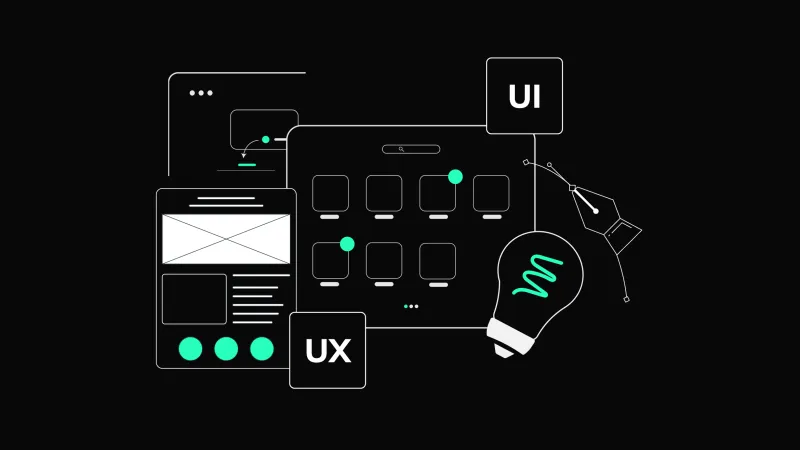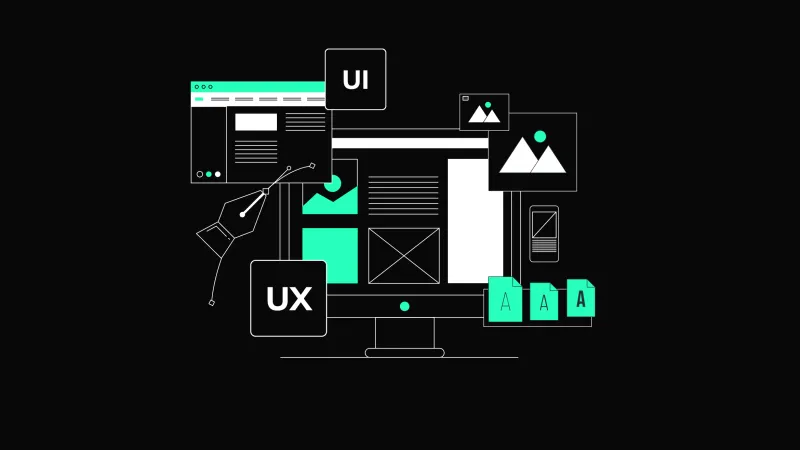7 Best AI Tools for UX Designers

In the previous article, we talked about how AI tools are changing the work of UX designers. Now, let's focus on 7 great AI tools made just for them. These tools can help designers make products that people love to use. But remember, these are our recommendations for having fun with design, you should be cautious not to rely on them too much. Let's explore!
Uizard
Uizard stands out as a well-known AI-powered tool for UX designers, seamlessly translating design ideas into reality without the need for manual coding. This approach empowers designers to focus on creative expression.
Features
One of Uizard's prominent features is its ability to generate wireframes and transform sketches into designs. This feature streamlines the initial stages of design, enabling designers to visualize their concepts rapidly.
Uizard's intelligent element recognition system simplifies the process of integrating buttons, images, and other components into designs. Designers can effortlessly drag and drop elements, saving time and effort typically spent on manual organization and naming.
Limitations
Despite these strengths, Uizard has limitations that designers should consider. The tool offers limited customization options, potentially restraining designers from making elements pixel-perfect to achieve unique design expressions. Designers used to rapid workflows may also encounter occasional performance slowdowns.
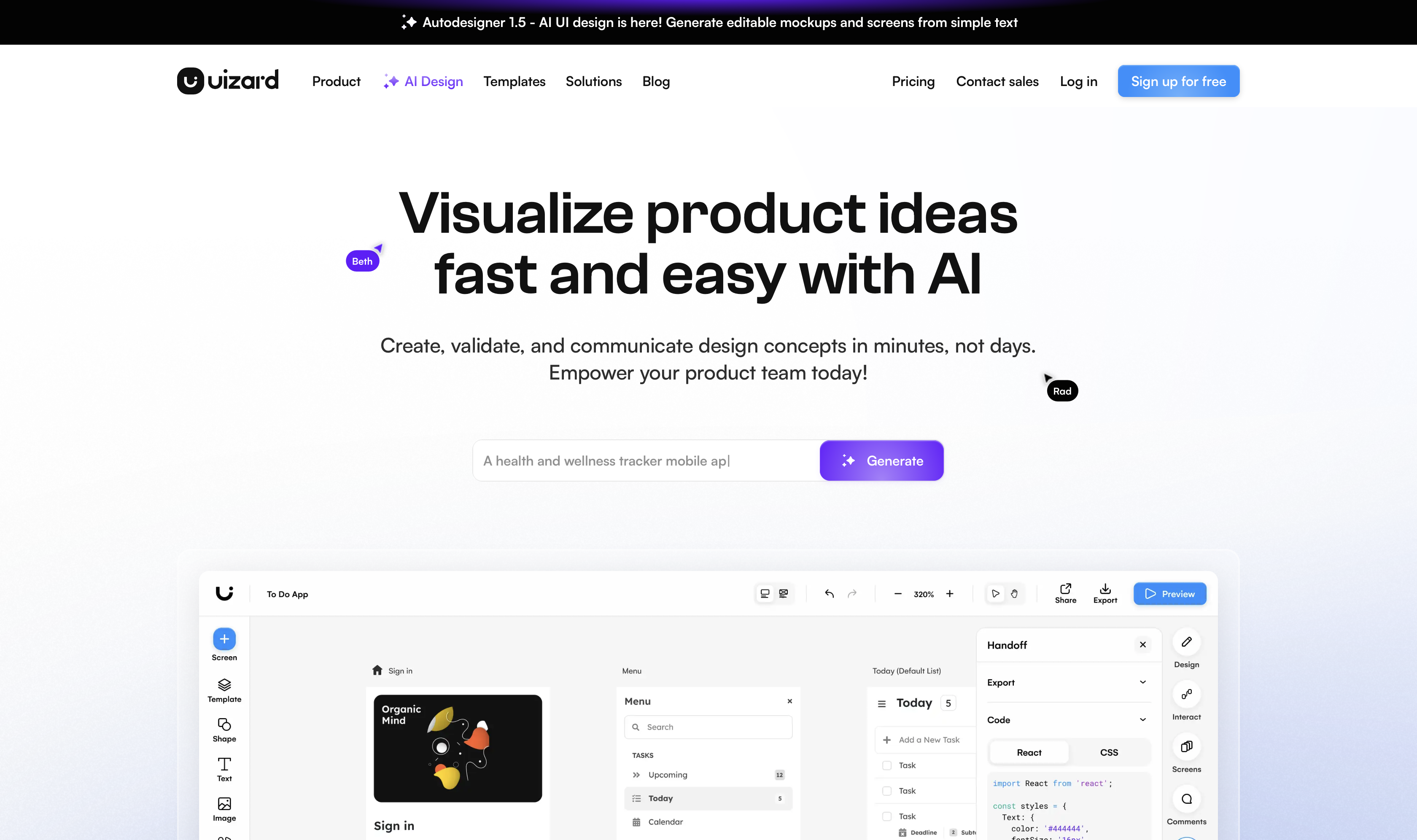
Khroma
Khroma is an AI-powered tool designed to simplify the color selection process for designers, making design tasks more enjoyable and efficient. Rather than struggling to pick colors, Khroma streamlines the process, helping designers find the perfect color combinations effortlessly.
Features
The Colour Harmony Playground feature allows designers to experiment with different color combinations until they achieve the perfect harmony for their designs. Khroma's AI analyzes your preferences and suggests brilliant color palettes tailored to your liking, acting as your personal color consultant.
Real-time collaboration in Khroma ensures seamless teamwork, allowing everyone to work together on design projects without the struggle of constant emails and communication gaps.
Limitations
Khroma provides a limited selection of colors, which may not satisfy designers looking for a wide range of options to work with. The interface navigation in Khroma can be challenging, with a lot of buttons and options that may make the design process feel more like a treasure hunt than a smooth experience. Exporting designs from Khroma may involve additional steps, potentially causing inconvenience for designers seeking straightforward export processes.

SyntheticUsers
Synthetic Users is a tool that uses AI to help companies with user research. It creates virtual users, called synthetic users, who can test products and give feedback. The tool helps teams make decisions confidently and understand their products better.
Features
With SyntheticUsers, teams can target specific groups quickly and get useful feedback to improve their products. The tool is good for understanding what customers like and how they use products, helping teams find successful ideas.
SyntheticUsers helps teams learn about market trends and make products that people want. It saves time and money, making it easier for teams to make smart decisions based on data.
Limitations
As we are designing for people, we need to involve people. It’s a very interesting and a very promising tool, there are no doubts that it has a lot of potential and plenty of use cases where it shines, but it shouldn't be positioned as a replacement; instead, a connection with human-focused research would be recommended.
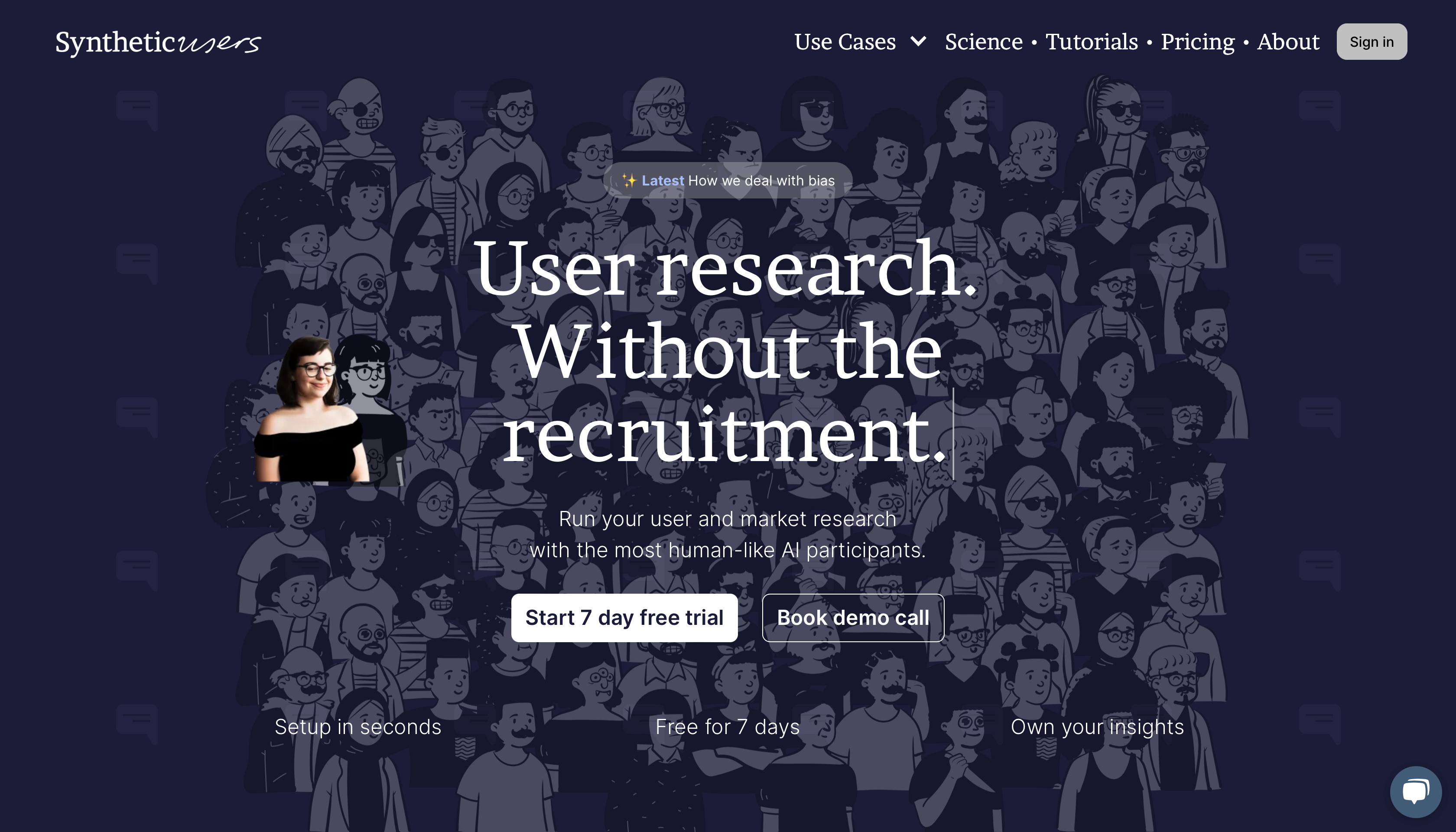
Galileo AI
Galileo AI is a tool created specifically for UX designers, aiming to simplify the design process and improve user experience. This AI solution stands out for its ability to quickly provide insights based on text prompts, empowering designers to make quick decisions throughout their projects.
Features
One of the key features of Galileo AI is its personalized design assistance, which adapts to individual preferences and styles. This tailored support ensures a more efficient and enjoyable journey for designers.
Additionally, Galileo AI offers efficient user flow analysis through its advanced analytics capabilities. Designers can analyze flows, identify pain points, and optimize overall journeys to improve usability.
Limitations
It may struggle to interpret user feedback, potentially leading to designs that fail to resonate with the target audience, resulting in poor design suggestions and user experiences. Galileo AI may face challenges in generating innovative design ideas. This limitation restricts its ability to offer new perspectives and solutions.
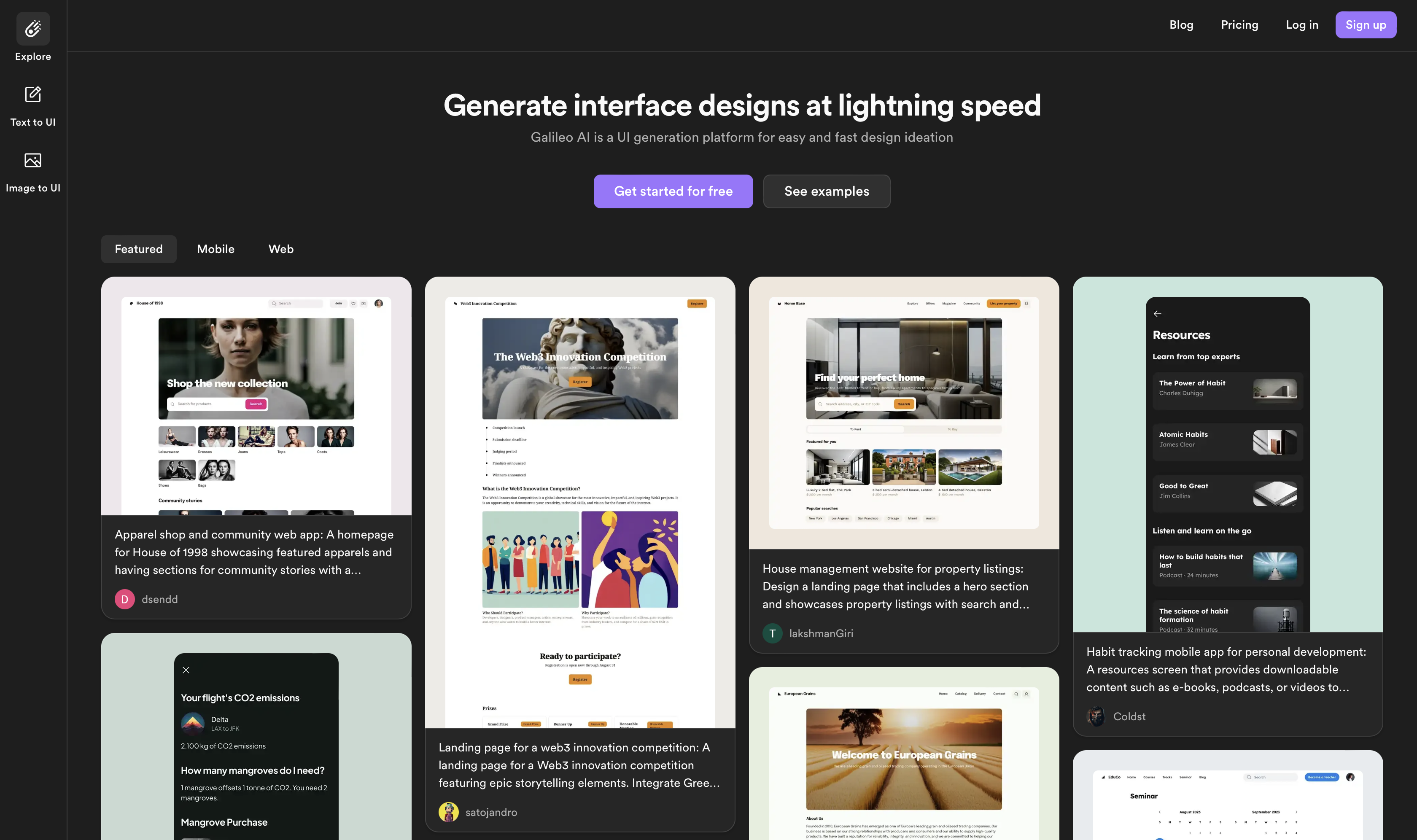
Visily
Visily is an AI-powered tool that makes creating wireframes and prototypes easier. It removes the need for plugins or starting from scratch on a blank canvas. With Visily, you can transform sketches and screenshots into customizable digital designs using templates and data-filling features.
Features
You can upload screenshots of websites or apps and Visily will turn them into editable wireframes. This can start your design process while ensuring your work remains unique. Hand-drawn sketches can also be instantly converted into digital wireframes, allowing you to rapidly move from concept to high-fidelity design work.
Limitations
The user interface of Visily becomes cluttered when trying to showcase plenty of options and features. It overwhelms users with tutorials and videos in an attempt to be helpful. Moreover, there is a lack of coherence in organizing and presenting these AI capabilities.

Magician Design
Magician Design is a design tool for Figma powered by AI. Using this plugin, you can input text and generate unique icons directly. Beyond icons, it also assists in generating images, making your design workflow more efficient and automate your repetitive design tasks.
Features
Magician Design includes the ability to generate scalable SVG icons based on text prompts, eliminating the need to search through endless icon libraries. It also automates tasks such as naming design layers, reducing time and effort in organizing your designs.
Limitations
On the other hand, users may find that the integration with Figma is not always seamless, which can disrupt workflow. Additionally, AI-generated content may lack uniqueness, potentially impacting user experience.
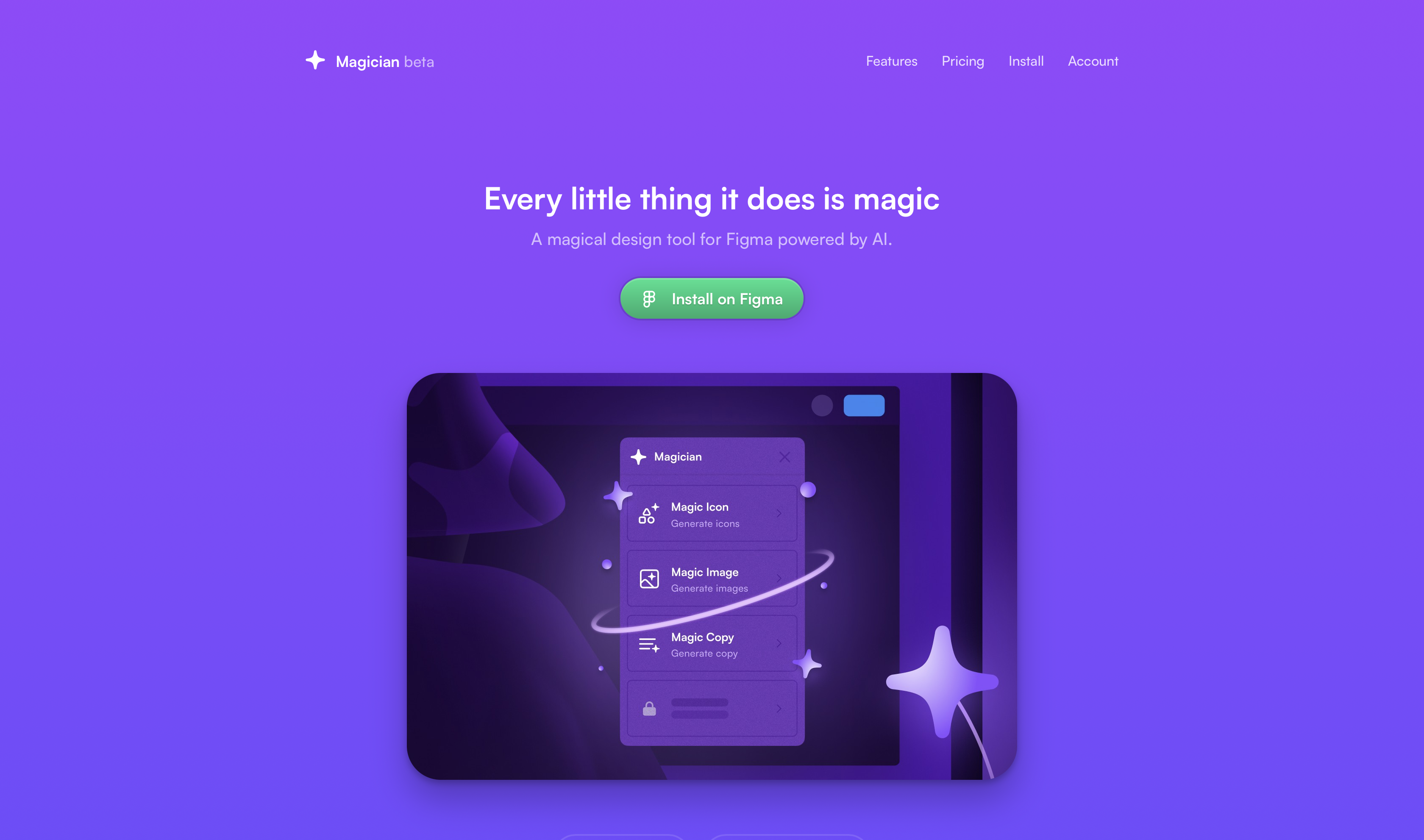
ChatGPT
Although this might feel quite obvious, we thought it wouldn’t be a complete list of the best AI tools for UX designers if we didn’t include it. ChatGPT is an AI-driven chatbot designed as a language model that can understand and create human-like text responses based on provided input. Users can work with it by asking questions or giving prompts to guide the AI’s responses. Interacting with ChatGPT resembles having a conversation, making it a useful help in UX design tasks.
Features
ChatGPT can assist you with competitor research. You can simply ask it to gather information about competitors, their challenges, and their main user demographics. When creating roadmaps and plans, ChatGPT can be a valuable resource. It can provide a detailed guide on how to conduct a design thinking exercise or create a checklist for other design practices.
In the ideation phase, ChatGPT can create a spark in your creative process. It can suggest interview questions for user research or generate a list of functions and features for a new product concept.
Limitations
It doesn’t know everything about UX design, so its suggestions might not always be spot-on. Sometimes, it gives answers that are not quite right, and its advice can vary in quality. It may also struggle with understanding the full context of a design problem, so designers need to be careful and use their own judgment. Remember, while ChatGPT can help, it can’t replace human designers.
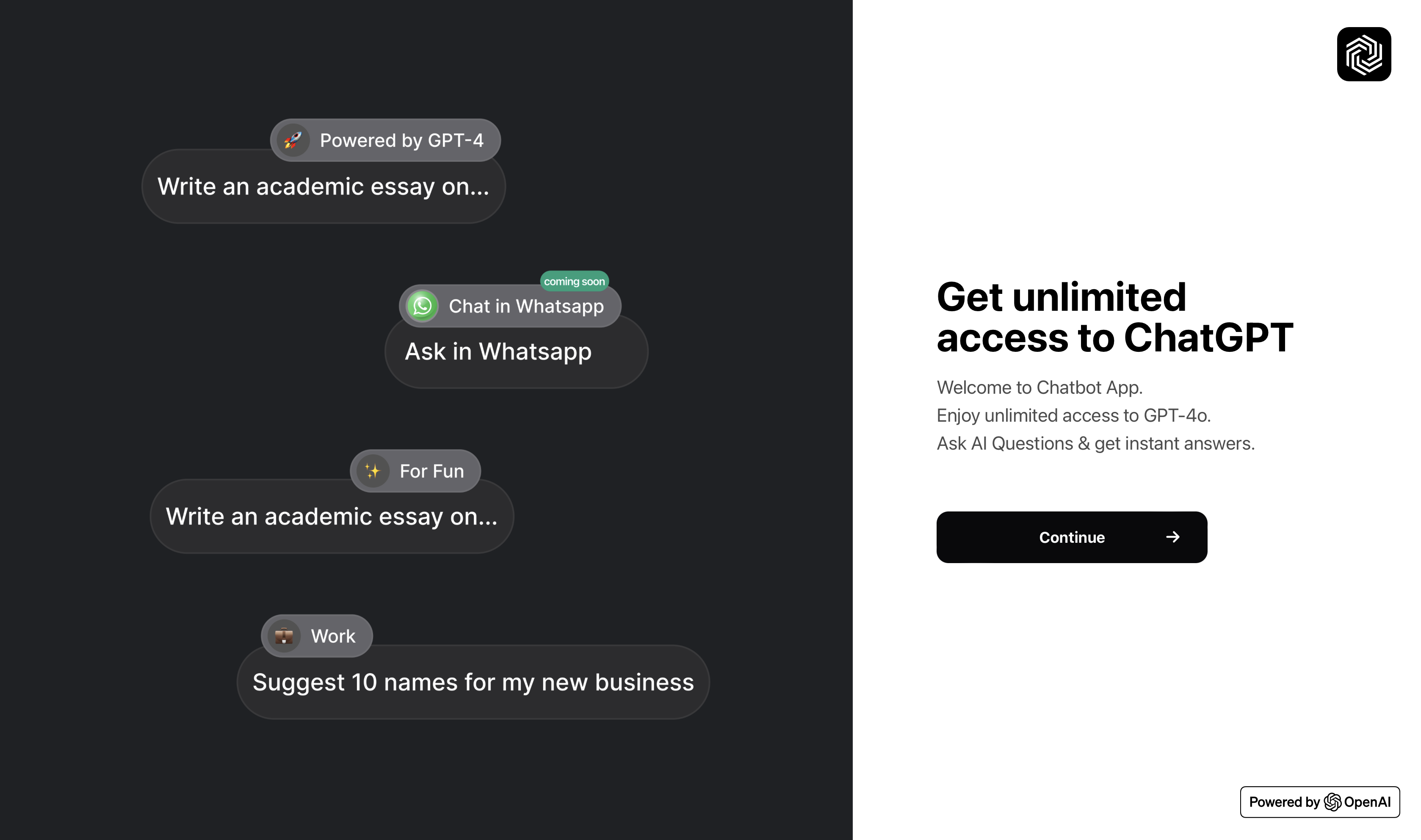
Summary
When used well, AI tools can make UX designers’ work smoother, faster, and more creative. They can help with tasks like organizing data, creating design concepts, and understanding users better. However, it’s important to remember that AI is still a tool, not a replacement for human skills. Use it to work smarter, improve your skills, and create products that your users will love.


